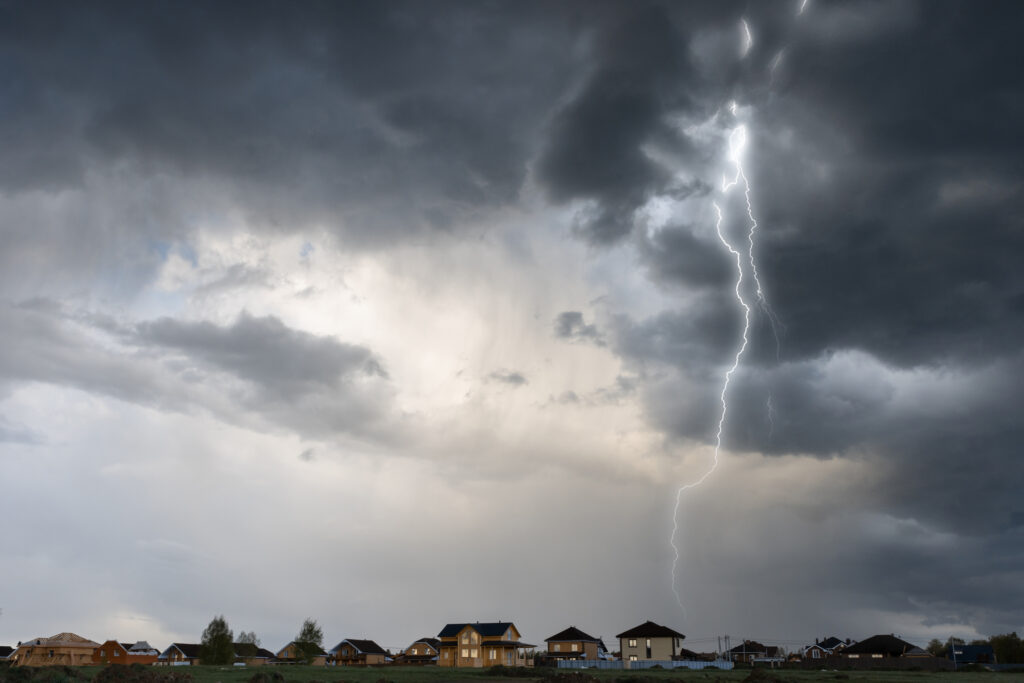
By Loretta Worters, Vice President – Media Relations, Triple-I
When most people think about domestic violence, insurance isn’t usually top of mind. Yet, financial security and access to resources can determine whether someone in an abusive relationship can safely leave. Insurance—an essential part of financial planning—can play a critical role in helping survivors rebuild and move forward.
Each year, 10 million people are physically abused by an intimate partner, and nearly85 percent of women return to their abusers due to economic dependence, according to the National Coalition Against Domestic Violence (NCADV). One of the least-discussed forms of abuse within intimate partner relationships is financial abuse. It can take many forms, limiting access to assets, concealing information, ruining credit, or sabotaging employment. These tactics are designed to control, intimidate, and entrap survivors.
Research shows that financial abuse occurs in 99 percent of domestic violence cases, and access to financial resources is the top reasons survivors remain with or return to an abuser.
The Role of Insurance in Financial Recovery
Insurance can help survivors establish independence and long-term security. From home and renters coverage to auto and life policies, insurance protects survivors and their families from financial shocks that might force them back into unsafe situations.
Triple-I encourages survivors to:
- Secure financial records and know where they stand financially.
- Build a financial safety net.
- Review and, if needed, change insurance policies to ensure they are protected.
- Maintain good credit to support long-term stability.
The Allstate Foundation’s Commitment
Since 2005, The Allstate Foundation has been a leader in addressing the financial dimensions of domestic violence. Its programs focus on financial empowerment, helping survivors gain the knowledge, tools, and confidence needed to achieve independence.
- Moving Ahead Workbook: A five-module program guiding survivors from short-term safety to long-term security, covering financial abuse awareness, credit basics, financial foundations, and long-term planning.
- Resources for Employers: Launched in 2025 at the Forbes Power Women Summit, Allstate’s Survivor Empowerment Network equips employers with tools to support employees experiencing abuse, recognizing that the workplace can be a critical point of intervention.
“Employers have a powerful opportunity to create a place of safety and support for survivors of domestic violence,” said Sharisse Kimbro, relationship abuse program officer at The Allstate Foundation, who spoke about the financial impact of domestic violence at the 2025 Forbes Power Women Summit stage. She noted that 8 million workdays are lost to domestic violence each year.
Digital abuse is another growing threat. Abusers may monitor emails, texts, and social media, install spyware, or steal passwords, all of which can compound financial instability. As these risks evolve, financial literacy and insurance protections remain essential lifelines for survivors.
October is Domestic Violence Awareness Month. Triple-I and The Allstate Foundation spotlighted the critical role of financial empowerment and financial literacy in helping survivors build safer, more secure futures. Survivors deserve not only safety, but also the economic tools and confidence to rebuild their lives and secure a future free from abuse.
Check out these resources to learn more about the support available for survivors of domestic violence:












